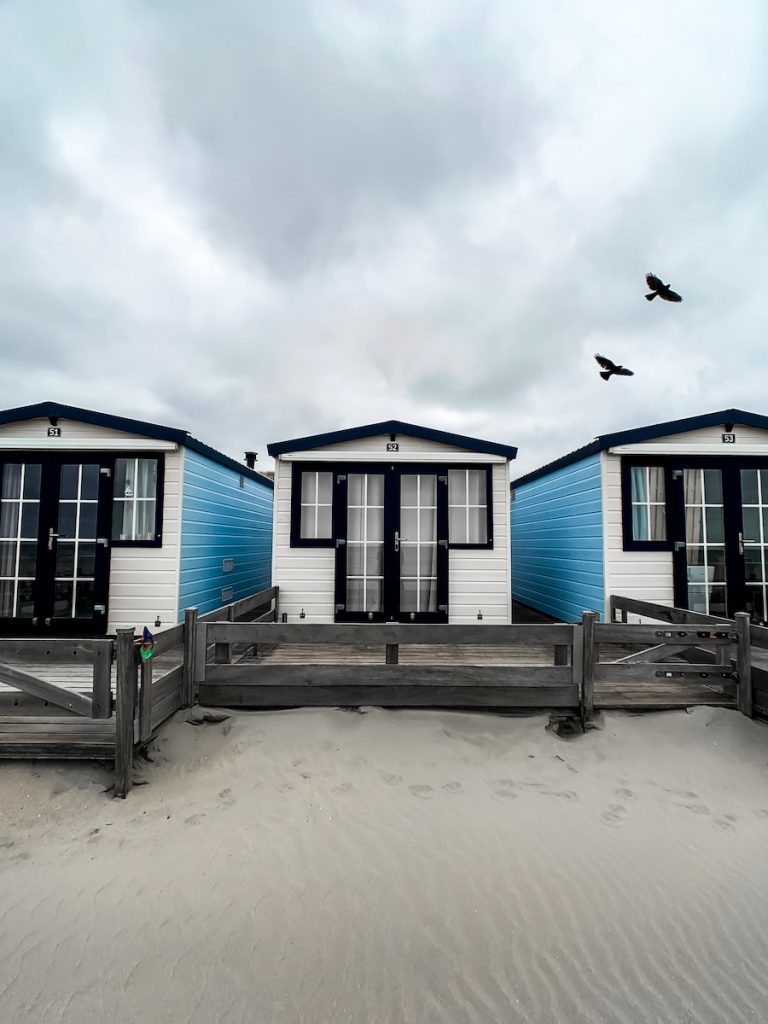Most of the buildings we live, work and play in have been designed to stand for decades. Longevity is often seen as a mark of quality architecture. But this isn’t universally so: some structures are designed to fill a function in the short-term, and then be dismantled and either moved to another location or destroyed.
Story Stages
Understanding Temporary and Mobile Architecture
Temporary and mobile buildings serve a number of purposes. They might provide a space for a temporary event, like the Olympic Games. They might act as a substitute for buildings that are currently undergoing maintenance, or which are under construction.
Since temporary buildings can be erected very quickly, they’re also an excellent fit for emergency situations, and for shelters in hazardous environments where permanent buildings are not practicable. If you’re travelling through Antarctica, or the Australian Outback, it’s unreasonable to build fixed shelters along the way, since those shelters are not going to be in use for much of the year.
Among the chief benefits of a temporary structure are environmental savings. Since they can be repurposed and reconstructed, these buildings tend to cause less harm than the equivalent, permanent alternative.
Consider different materials
Temporary buildings can be made from a variety of materials. A combination of metal and fibreglass insulation is often favoured, for much the same reason that it’s favoured in caravan construction: it makes for a building that’s easily transported, resilient, and energy-efficient.
On the other end of the spectrum, we have the canvas tent. These provide shelter, and can be easily broken down, rolled up, and moved to another location. For this reason, they make an excellent fit for outdoor festivals and day-long events.
Plywood is an imensely versatile family of products which combines the virtues of timber with those of plastic sheets. It consists of a layered sequence of timber sheets, in which every layer runs perpendicular to its neighbours. This creates strength and resistance to warping, while preserving the environmental benefits inherent in timber.
Future Trends and Possibilities
So, what might the future hold for this kind of structure? Given that environmental concerns are weighing increasingly on the minds of the voting (and buying) public, it’s likely that future developments in this industry will tend toward improved environmental performance.
We’ll see the increased use of timber products – particularly of timbers like bamboo, which grow very quickly, and are therefore extremely sustainable. We might also see innovations made in this space slowly percolate into mainstream architecture in permanent buildings.
